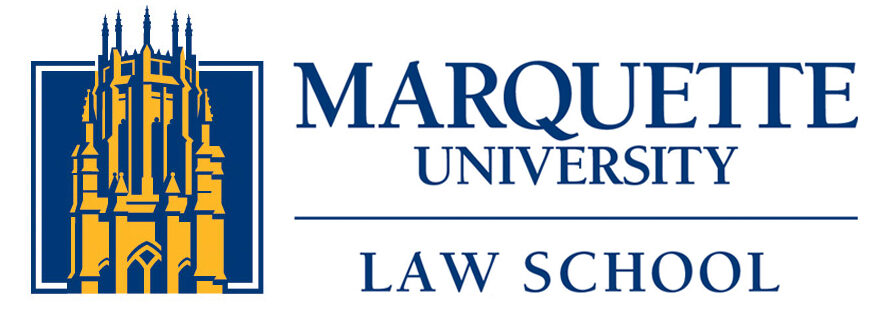 The Supreme Court continues to refurnish the modern courtroom with eighteenth-century antiques. Without the slightest glint of irony, or even humor, the Court assessed the admissibility of twenty-first century scientific evidence using legal doctrine crafted on parchment with quill pens in an age when mirrors were placed to direct sunlight into the face of the accused at trial. (Why the mirrors at a time when the accused could not testify in his defense anyway? That’s another story.)
The Supreme Court continues to refurnish the modern courtroom with eighteenth-century antiques. Without the slightest glint of irony, or even humor, the Court assessed the admissibility of twenty-first century scientific evidence using legal doctrine crafted on parchment with quill pens in an age when mirrors were placed to direct sunlight into the face of the accused at trial. (Why the mirrors at a time when the accused could not testify in his defense anyway? That’s another story.)
In its June 23, 2011 decision in Bullcoming v. New Mexico http://www.supremecourt.gov/opinions/10pdf/09-10876.pdf the Supreme Court once again addressed the admissibility against the accused of lab reports prepared by analysts who do not testify at trial. The report was offered through a “surrogate witness.” Bullcoming was charged with drunken driving. A blood test pegged his BAC at 0.21, “an inordinately high level,” as the Court helpfully observed. At trial, however, the State did not call as a witness “Caylor,” the lab analyst who measured the BAC. Caylor, it seems, was enjoying an “unpaid leave for a reason not revealed” – always an intriguing “uh oh” when assessing credibility. Instead, the State called another lab “scientist” who had not observed Caylor’s testing of Bullcoming’s sample but who could talk about lab procedures and the reliability of the report in general. The Court tells us that a “startled defense counsel” objected. (N.B. How the Court knew she was “startled” is unclear, but it is abundantly clear that the confrontation right requires only a timely objection by counsel, startled or unstartled.)
In an important gloss on its 2009 decision in Melendez-Diaz v. Massachusetts, http://www.supremecourt.gov/opinions/08pdf/07-591.pdf the Court held that this process violated Bullcoming’s right of confrontation. The lab report was testimonial hearsay because it was specifically prepared for use at trial. Under the Crawford rule, as construed in Melendez-Diaz, the State had to produce Caylor (who performed the test) as a witness, or show he was “unavailable” to testify (paid or unpaid) and that Bullcoming had a prior opportunity to cross-examine him at an earlier proceeding. The State failed on both counts. The reliability of the report or the likely futility of cross-examining an analyst who likely had no recollection of this test among the hundreds of those routinely performed mattered not all. (The dissent laments Crawford’s “wooden formalism” and its unnecessary “disruption” of the trial system.)
Earlier this year Michigan v. Bryant http://www.supremecourt.gov/opinions/10pdf/09-150.pdf triggered handwringing that the Court was retreating from its “pathmarking” – an intriguing word choice – 2004 opinion in Crawford. Bullcoming should allay such anxiety somewhat, especially since our newest Justices, Sotomayor and Kagan, jumped aboard Justice Ginsburg’s majority opinion (at least most of it).
First, the Court clarified that testimonial hearsay clearly included documents such as these “created solely for an ‘evidentiary purpose.’ . . . made in aid of a police investigation[.]” The absence of “notarization,” which characterized the sworn lab reports in Melendez-Diaz, did not place these documents outside the scope of the confrontation right. Yet while Bullcoming highlights some additional features of testimonial hearsay, the opinion does not put this crucial issue to rest. In her concurring opinion, Justice Sotomayor pointed to the problem of hearsay created for multiple purposes (e.g., a 911 call to secure help and to alert the police), stressing that under Bryant testimonial hearsay’s “primary purpose” must be its use at trial.
Second, cross-examination of the surrogate witness – Caylor’s substitute – was plainly inadequate. The surrogate could not talk about what Caylor knew or observed during the testing process. Nor had the surrogate retested Bullcoming’s blood sample, in which case he could have offered his own opinion irrespective of Caylor’s. In dicta the Court adverted to a troubling limitation of the Crawford rule: so long as the declarant testifies as a witness, the quality of his or her testimony seems to be of no constitutional moment. Thus a forgetful witness who asserts, sincerely or deceitfully, to have no recollection of underlying events satisfies the confrontation right, thereby permitting the State to introduce her hearsay statements for their truth under any one of more than three-dozen hearsay exceptions.
Finally, the Court may be hedging somewhat on the notice-and-demand statutes that it had extolled in Melendez-Diaz. Such statutes permits prosecutors to provide pre-trial notice of an intent to rely on lab reports, for example, thereby compelling the defense to “demand” that the analyst testify at trial or waive the right. Justices Thomas, Sotomayor, and Kagan refused to joint Part IV of the Bullcoming opinion, which addresses retesting as well as notice-and-demand statutes. (This left just three justices in support of Part IV.)
Crawford may have been a “pathmarking” opinion, but so far the Court has been an unreliable pathfinder. Those of us still wandering in the woods could use more assistance in finding the correct path among the cryptic trail markings and side routes.
